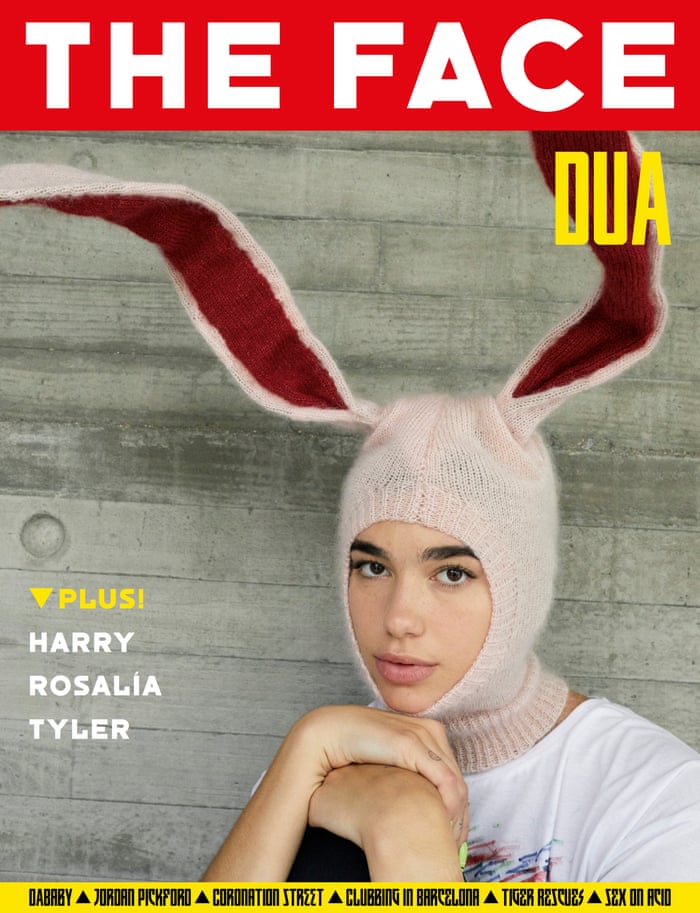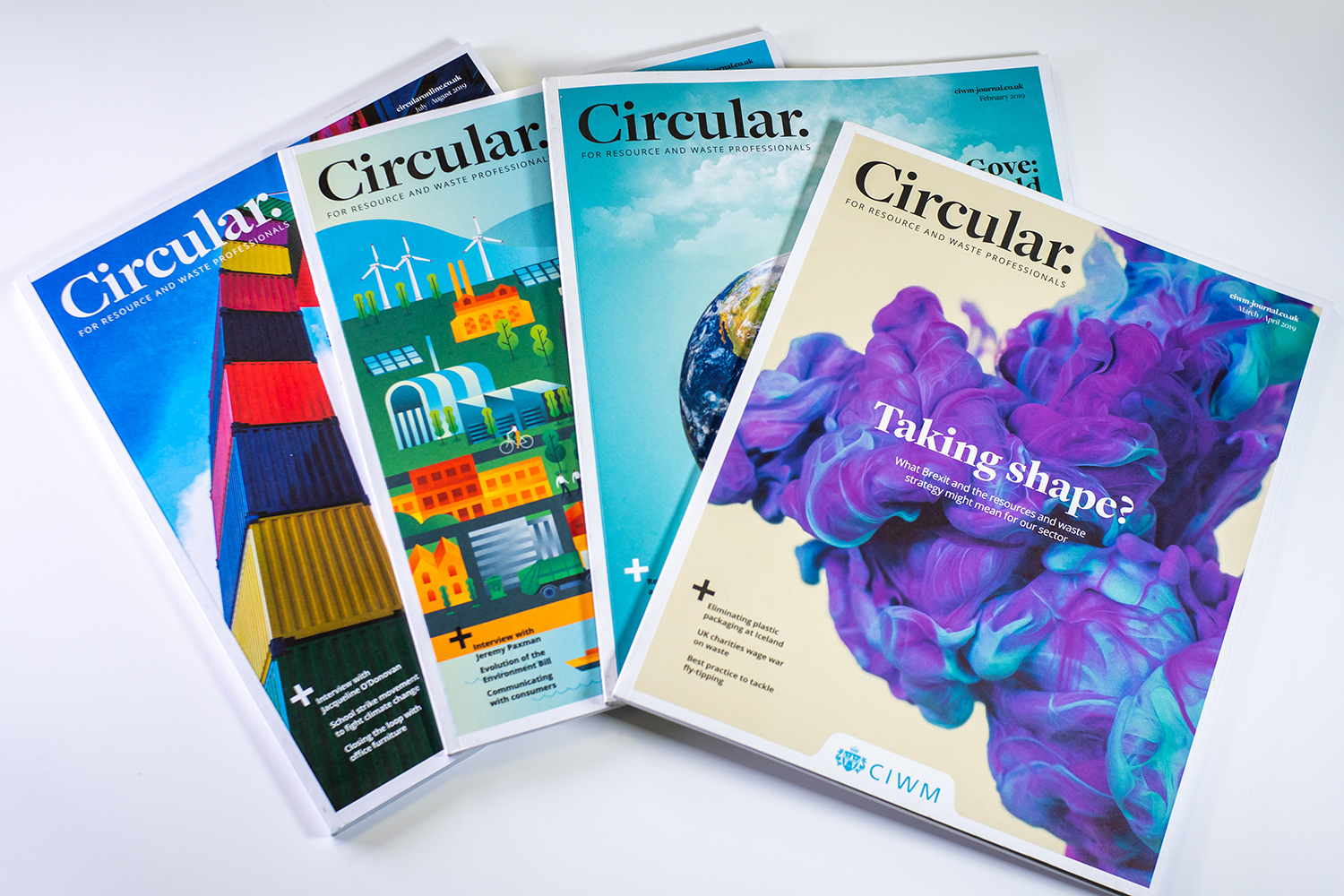
+44 (0) 1223 378 000
info@cpl.co.uk
1 Cambridge
Technopark,
Newmarket Road,
Cambridge,
CB5 8PB, UK

Magazine culture is alive and bubbling underground for the apparently digitally focused youth, as our director of client services, Sophie Hewitt-Jones, explains
When we talk to clients about the different channels they might use to communicate with their members, we often discuss shifting demographics.
The conversation goes something like this: If you want to attract new, younger members to your organisation, then – surely – it stands to reason that a digital plan for your content distribution is the way forward. And the print magazine so loved by the established, often older group is an increasingly outdated and irrelevant format.
Stop though. Not so simple. There are plenty of good reasons why a printed publication, done well, is a crucial element of your channel mix. And the myth that young people ‘don’t like print’ is now being well and truly busted. Here’s more evidence why….
Look hard enough, and in the right places, and you’ll unearth a burgeoning magazine culture shining a spotlight on the passions and purpose of creative Gen Zs.
Paper and print – augmented with collage, drawing, photography, poetry, painting and polemic – are being harnessed in zines: niche, counter-culture publications being made, read and shared among expressive teens with stuff to say and the imagination to say it with attitude.
Of course, the fanzine has been around for decades, and this new wave of zines has its origins in those quirky, roughly hewn mags that helped tell the story of a specific passion, whether that be a football team, sci-fi, punk or a cult film.
What’s different now is that, while fanzines were always part of a print-dominant magazine landscape, the zine is blossoming in our era of always-on digital communication.
Zines push against the status quo and reject the mainstream. And they debunk the common perception that all teenagers only ever consume content digitally.
It’s not one or the other for Generation Zine. Zines are promoted online – you’ll find their irreverence rippling around Instagram – but are ultimately most ‘alive’ in their real-world, crafted, tactile, physical form.
The relaunch of the FACE has received plenty of air time, but this is an example of a revival of relatively mainstream, newsstand magazine – and you won’t be finding zines on the newsstands.

Mostly, they are created in bedrooms, self-published and printed to order – sometimes found in specialist art book shops.
This is publishing as a creative outlet for things you love. Zines are hand-made, niche, personalised expressions of passion, culture and experience.
So really not that very different from the specialist, targeted – indeed, niche – magazines that we take great pleasure and pride in creating with our membership clients, as part of a blended, multi-channel approach to content distribution. When Circular, the magazine for the CIWM membership was named Best Association Magazine at national awards last week, it did so because it creates a dialogue with a specialist audience about the things that really matter to them: the topics they are debating and making decisions about.

Circular is, of course, is a million miles away in style and purpose from the zines teenagers are poring over and making. But it, too, is presented creatively and with care and attention to imagery that works in synergy with words.
Many of the same principles are at play – and the same questions are being asked and answered: who wants to read this, what are they passionate about? And should we print, or not print?
I came across an online guide to creating your own zine, with the following pointers:
All the above are among the questions we consider day in, day out when working with our clients to create magazines that are relevant, engaging, authentic and striking for their – usually very niche – audience. They are universal, time-honoured considerations for every magazine editor.
So, print is most definitely not dead when it comes to creating well-crafted, targeted niche titles for specialist audience. Whatever your Gen.